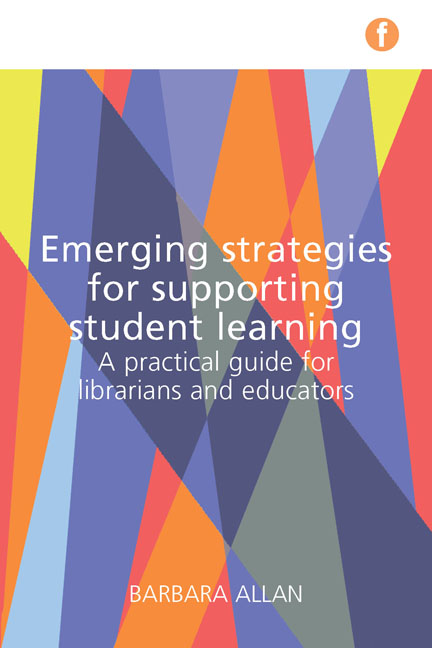Book contents
- Frontmatter
- Contents
- Figures and tables
- Acknowledgements
- 1 Introduction
- 2 Working with students
- 3 Digital literacies
- 4 Employability
- 5 Approaches to learning and teaching
- 6 Learning and teaching activities
- 7 Making it happen
- 8 Designing face-to-face, blended and online courses
- 9 Delivering learning experiences
- 10 Evaluation of learning and teaching activities and courses
- 11 Lifelong professional development
- Index
8 - Designing face-to-face, blended and online courses
Published online by Cambridge University Press: 08 June 2018
- Frontmatter
- Contents
- Figures and tables
- Acknowledgements
- 1 Introduction
- 2 Working with students
- 3 Digital literacies
- 4 Employability
- 5 Approaches to learning and teaching
- 6 Learning and teaching activities
- 7 Making it happen
- 8 Designing face-to-face, blended and online courses
- 9 Delivering learning experiences
- 10 Evaluation of learning and teaching activities and courses
- 11 Lifelong professional development
- Index
Summary
Introduction
In this chapter, the underlying principles of the design process which were considered in Chapter 7 are applied to a number of different learning and teaching situations – face-to-face learning, flipped classrooms, blended learning and online learning. As a reminder, these are the basic ideas that inform the programme or course design and development process:
• identification of aim or purpose, learning outcome(s) and required level of learning, e.g. using Bloom's taxonomy
• design of structure
• identification and use of learning resources
• design of learning and teaching activities
• design of assessment methods (formative or summative)
• pilot of the new programme.
Selected learning and teaching activities, described in Chapter 6, may be used within the course structure to enable students to achieve their learning outcomes.
Traditionally, programmes are designed on the assumption that students will work through them in a linear manner and this chapter provides guidance on typical structures for short courses (lasting for 15 minutes or more) or longer courses, e.g. one or two day events, which are delivered 100% face to face. The development of blended learning and online programmes enables individual learners to follow their own route through a series of learning and teaching activities. Consequently, their development and implementation is more complex.
Designing face-to-face sessions
The 4MAT approach described in Chapter 7 may be applied to workshops and teaching sessions which may last from half an hour through to a five-day intensive course. Figure 8.1 presents an overview structure for learning and teaching events; as explained in Chapter 7 the same structure is applied to individual learning and teaching activities. Thus students can go through the 4MAT cycle a number of times on the same course. One of the advantages of maintaining the same inner structure to a course and individual activities is that students soon learn it and it helps to guide them through their learning process.
Example: Introduction to referencing
This example session plan presented in Figure 8.2 opposite demonstrates my application of the 4MAT design method to a one-hour lecture on referencing which I delivered to 500 students.
- Type
- Chapter
- Information
- Emerging Strategies for Supporting Student LearningA Practical Guide for Librarians and Educators, pp. 113 - 124Publisher: FacetPrint publication year: 2016



